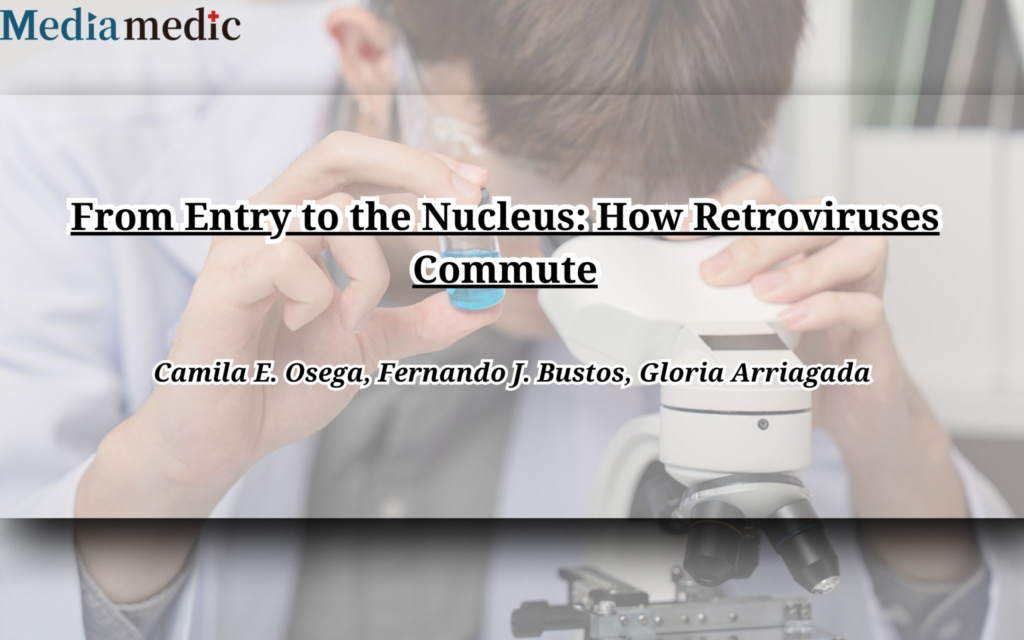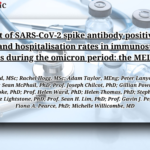
How do retroviruses like HIV-1 navigate the complex cellular landscape to reach the nucleus? A recent review by dedicated researchers sheds light on the intricate pathways these viruses exploit within host cells. Retroviruses convert their RNA into double-stranded DNA, but before integration into the host genome, they must traverse the dense cytoskeletal network. This journey involves crossing the actin cortex, utilizing microtubules as highways, and engaging with motor proteins like dynein for efficient transport.
The study explores the dynamic interplay between retroviruses and the cytoskeleton, revealing the mechanisms that facilitate nuclear entry and highlighting the critical role of microtubule-associated proteins in HIV-1 infection. Additionally, it provides insights into the evolving models of HIV-1 uncoating and its passage through nuclear pores. Understanding these processes not only unravels the complexities of viral replication but also opens doors to potential therapeutic targets.


